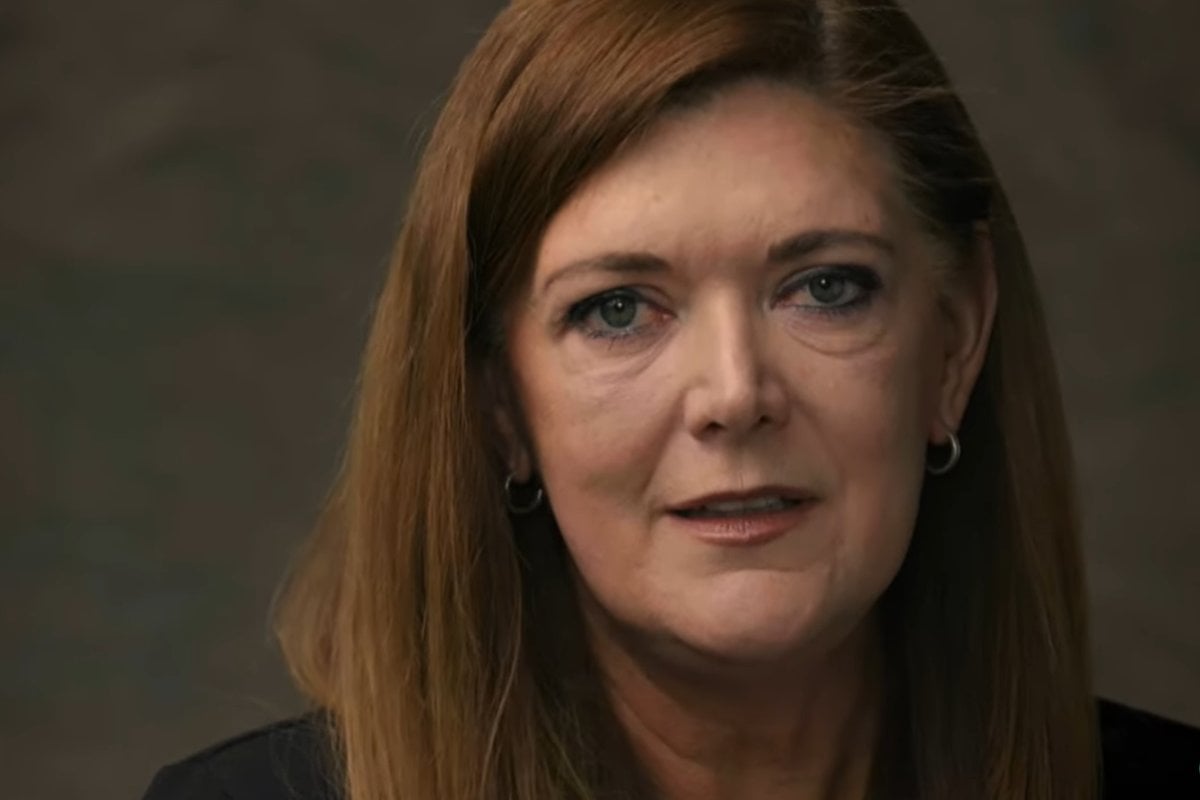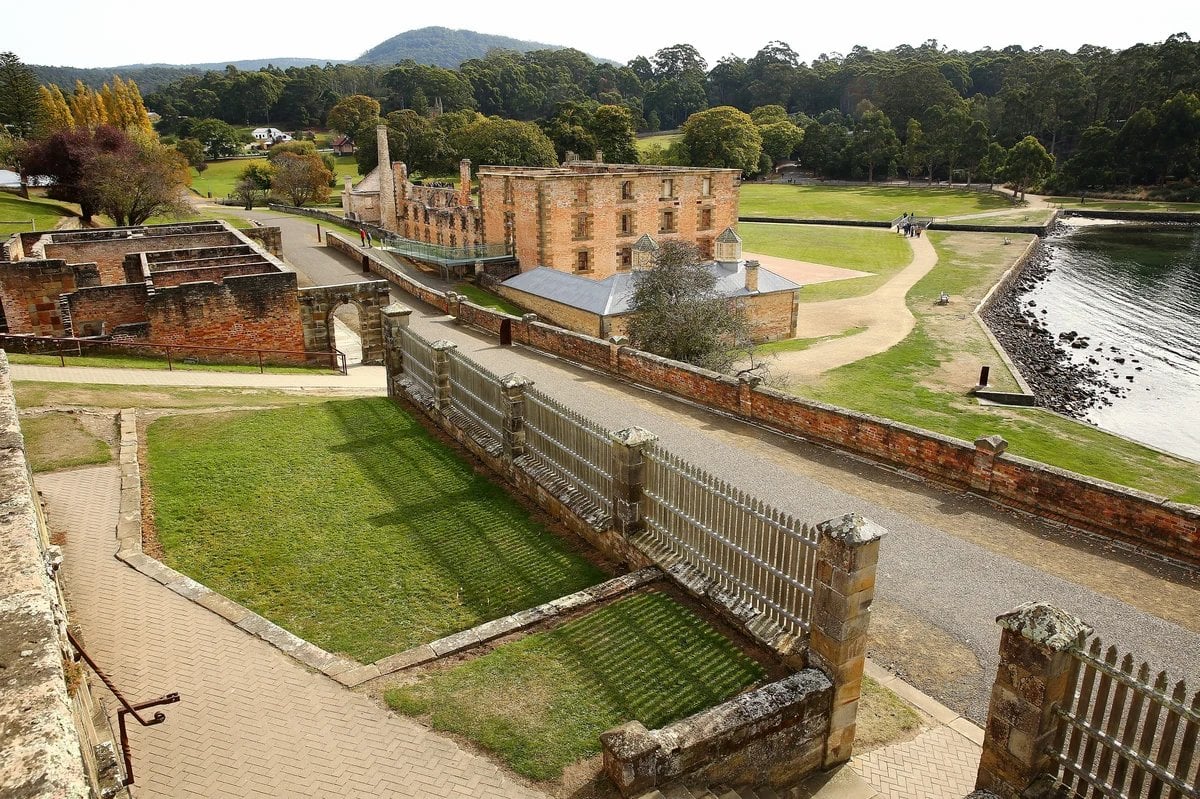
It was a crisp, blue-sky autumn day on April 28, 1996.
The tourist town of Port Arthur in Tasmania was quite busy, visitors seeing the historic convict settlement and its teeming grounds. On this day, their lives changed irreparably.
A gunman, 25-year-old Martin Bryant, killed a couple at Seascape Cottage, a bed and breakfast guesthouse property nearby. He then drove roughly five kilometres to the Port Arthur Historic Site and opened fire on staff and guests with an AR15. He shot with savage indiscriminateness, claiming 33 lives inside the cafe, at the gift shop, in the car park and at a nearby toll booth.
35 people were killed in the massacre.
Also in Tasmania, ABC journalist Alison Smith first heard word of the major incident around lunchtime.
"I was sitting at my desk, writing up the stories for the night's news and an ambulance went by with full sirens. And then a second ambulance went by, full sirens. And a third one straight after that. In Hobart, that was pretty unusual," she told ABC's new show I Was Actually There. The program speaks to people of all walks of life who were present at the scene of major events in Australian history.
Watch: survivors share their stories. Post continues below.


Top Comments